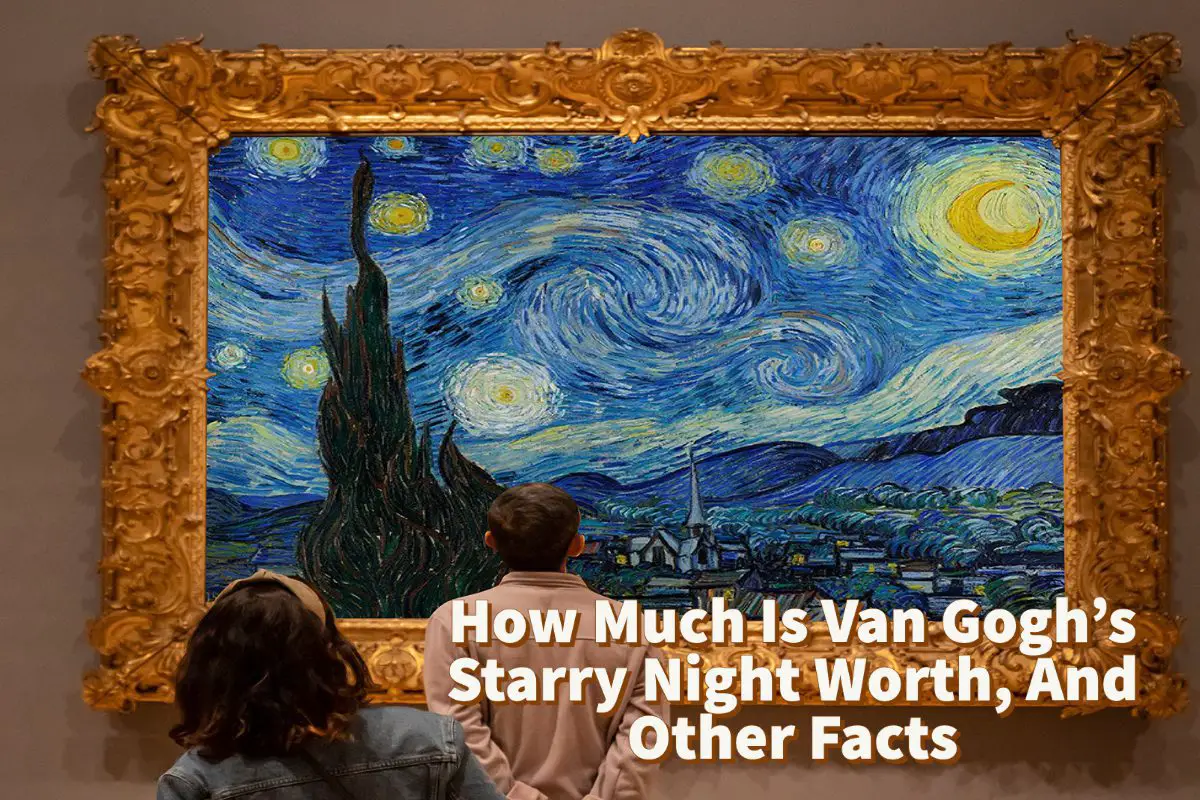If you visit the Museum of Modern Art in New York City, one of their significant paintings is Starry Night’s Vincent van Gogh painting. The Starry Night painting is one of the most famous van Gogh paintings.
Vincent van Gogh’s Starry Night painting is considered priceless; many have estimated that the artwork is worth over 100 million US dollars. The Museum of Modern Art in New York City has had the painting in its collection since 1941.
Table of Contents
- Worth of Van Gogh’s Starry Night
- The Provence Of The Painting Starry Night
- What Materials Were Used To Paint Starry Night
- What Makes Van Gogh’s Starry Night Unique?
- Where Did Van Gogh Paint Starry Night?
- What Is Painted In Starry Night?
- Vincent Van Gogh: 12 Reasons Why He’s Regarded as One of the Greatest Artists of All Time
- Frequently Asked Questions
- Related Questions
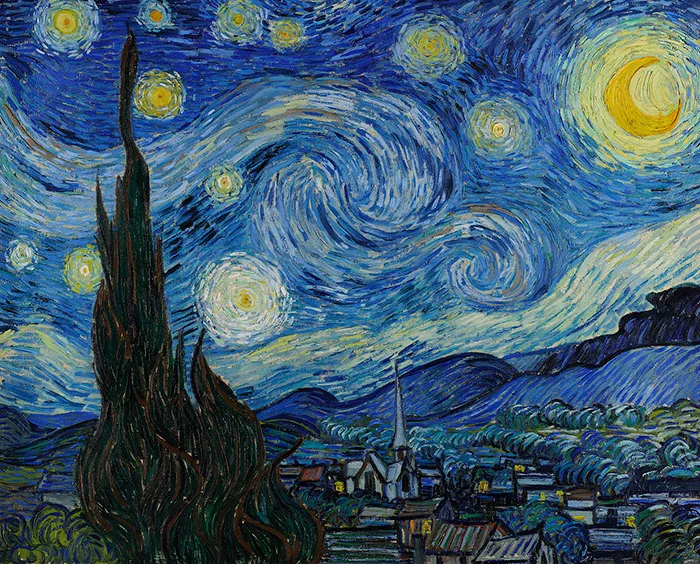
Worth of Van Gogh’s Starry Night
It is tough to place a price tag on such a valuable and famous work of art as the Starry Night painting by van Gogh. But many of van Gogh’s other artworks have sold for $80 million at auction; we can argue and say that van Gogh’s Starry Night painting would be worth well over $100 million.
This is just an estimate today; the painting is in the Museum of Modern Art in New York City and has been there since 1941. It is one of the most recognized paintings of Western art and also an essential painting for the Museum of Modern Art in New York City
The Provence Of The Painting Starry Night
The Starry Night is one of van Gogh’s paintings; he created this painting in the Saint-Paul asylum in Saint-Rémy, France. On 20 September 1889, along with nine or ten other paintings, Van Gogh sent some paintings to his brother Theo. Initially, Vincent van Gogh held it back and was not going to send it to his brother, but then he decided to send it at the last minute.
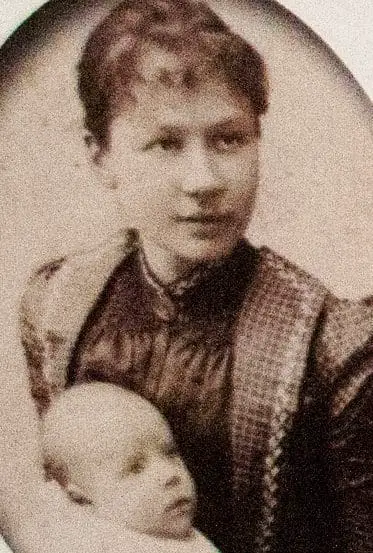
As his brother Theo died six months after Vincent van Gogh, his widow Jo van Gogh-Bonger became the caretaker of the van Gogh Starry Night and van Gogh’s legacy. To learn more about Joe and all she did to help Vincent van Gogh ensure his legacy, you can read our blog How Did Vincent van Gogh’s Paintings Become Famous? by clicking here.
In Paris in the 1890s, Jo sold this painting to Julien Leclercq, one of the 200 paintings of Van Gogh that she sold during her lifetime. In 1901 Leclercq sold it to Emile Schuffenecker.
In 1906, Jo Van Gogh repurchased the painting from Schuffenecker; she later sold it to the Oldernzeel Gallery in Rotterdam.
From 1906 to 1938, the Starry Night painting was owned by Georgette P. van Stolk in Rotterdam. She eventually sold it to Paul Rosenberg, the famous French art collector. Through Rosenberg, the Museum of Modern Art in New York City obtained Van Gogh’s Starry Night painting.
What Materials Were Used To Paint Starry Night
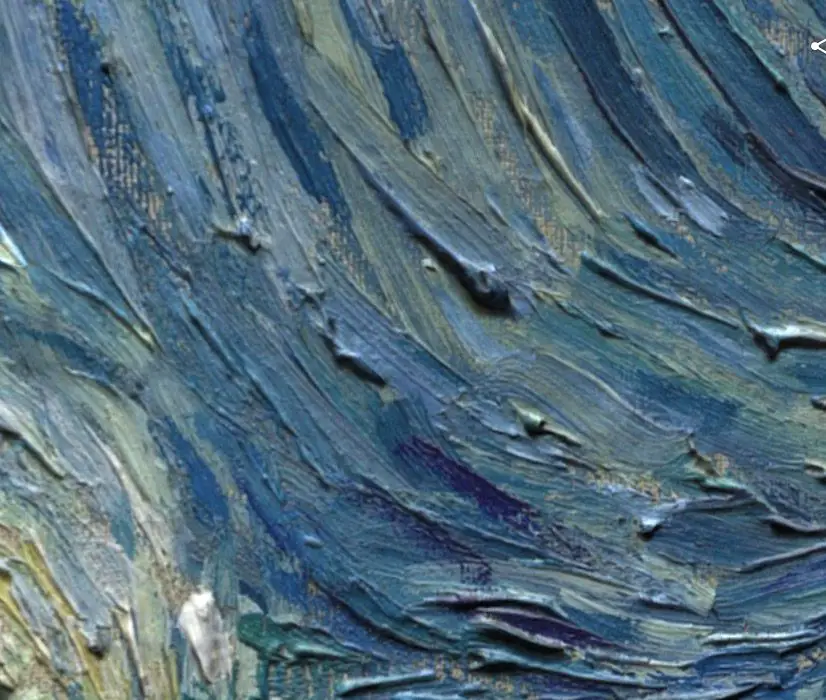
The Starry Night painting is painted on canvas with oil paints. It is one of the paintings that van Gogh used oil paints. Van Gogh uses both colors with natural pigments that have been made that way for centuries and paints with the new synthetic colorings.
During van Gogh’s lifetime, paint was developed for the textile industry. So, he lived in the age of revolutionary scientific advancement. When it came to painting, he would use some of the new paints and the natural pigments in how paint has been made and developed for centuries.
The sky of Starry Night is said to have been painted with Ultramarine and Cobalt blue oil paints. For the stars and the moon, van Gogh used the colors of Indian yellow and zinc yellow.
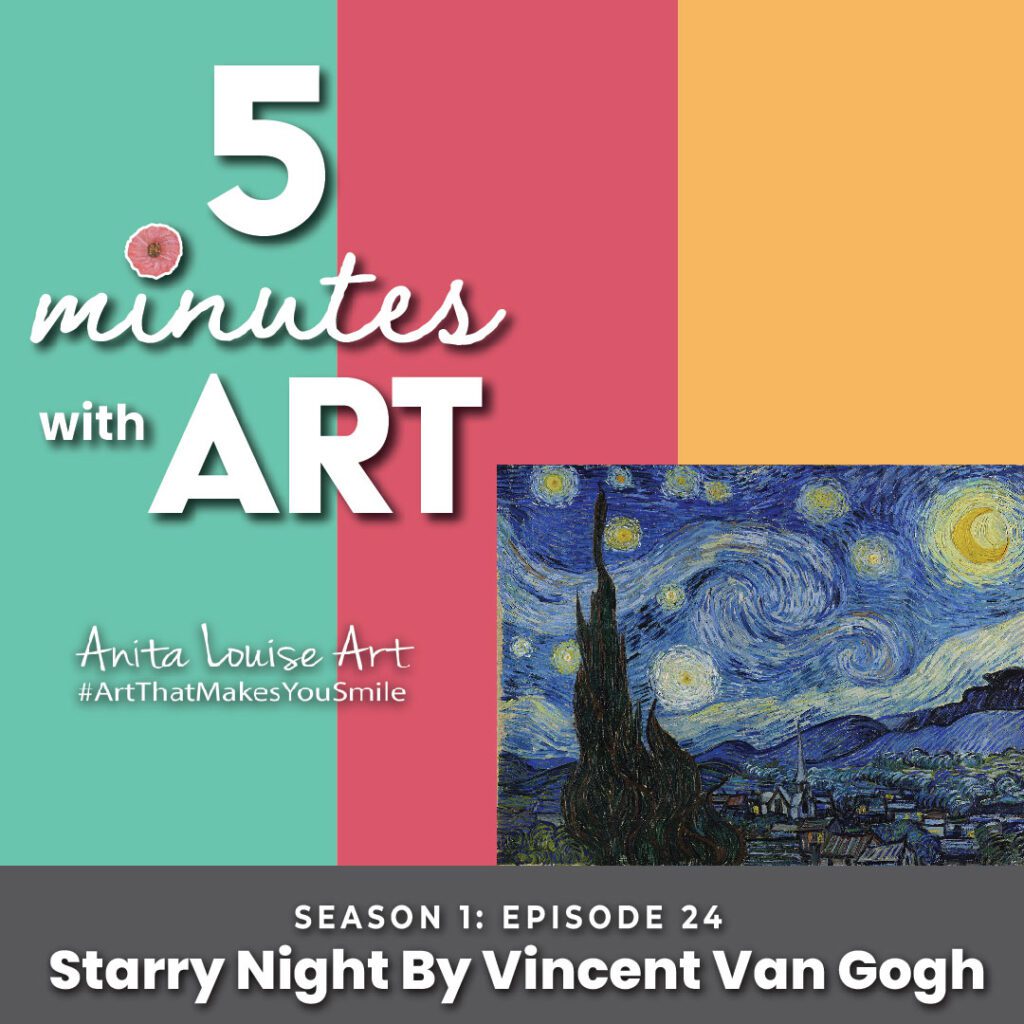
Listen To Our Podcast About Starry Night By Vincent Van Gogh by clicking here.
What Makes Van Gogh’s Starry Night Unique?
In the Starry Night painting, van Gogh has an image of the night sky dominated by the bright moon at the right and Venus at the center-left. This modern painting embraces mood, expression, symbols, and even sentiment.
To paint this painting, van Gogh looked out the windows from his room at the Saint Paul de Mausoleum asylum in Saint Remy in Southern France. Van Gogh spent 12 months in the asylum trying to recover from his mental illness from 1889 to 1880.
We can almost imagine Vincent van Gogh standing at night, looking out the window of his room through the bars and looking up at the night sky. He probably wanted to find a way to memorize what he saw so that he could paint the sky.
He did not see the sky, but he saw the moon, Venus, and the stars. He saw the deep colors of the sky, and then he put all this down on the canvas in bright and vivid colors is genuinely remarkable.
What is unique about this painting is it is an exercise in his observation, and at the same time, it’s a departure from it. He did not paint what he saw, but instead, he painted what he felt or maybe wanted to see. You can feel his emotion at night as the paints whirl around when you see this painting.
Looking up close to the paintings, you can see the dimension with van Gogh’s paintings. The painting is not just one-dimensional but has a lot of dimensions to it—this is one of the fascinating things about the van Gogh painting.
This painting was painted during the day, yet he worked from memory to paint what he saw or felt at night.
Where Did Van Gogh Paint Starry Night?
The Starry Night is the one painting Van Gogh painted when he was in the mental hospital trying to recover from his mental illness.
Despite the large number of letters that Vincent and his brother Theo wrote to each other, very little was ever mentioned about the Starry Night painting.
What Is Painted In Starry Night?
The Starry Night painting is one of these paintings that scientists have investigated; these scientists have looked at this painting to analyze the pigments and the objects used in the painting.
Objects painted in Starry Night and the details:
- Moon – The paintng has a bright yellow moon that he painted with zinc yellow and Indian Yellow.
- Venus – Venus is also predominately shown up in the sky. We are not sure why he picked to show Venus.
- Stars in the Sky – He has painted several different stars in the sky.
- Hills and Sky – We can see the hills and sky; van Gogh was a lover of all kinds of nature. You can also see the city that is below the sky such as a church steeple and houses.
If you cannot get to the Museum of Modern Art in New York City to see the piece in person, you can go online at the Museum of Modern Art website and see a very clear 3D version by clicking here.
Vincent Van Gogh: 12 Reasons Why He’s Regarded as One of the Greatest Artists of All Time
Vincent van Gogh, synonymous with passion, turbulence, and genius, remains one of the most celebrated artists in history. While his life was a tapestry of emotional struggles and economic hardships, his art transcended these challenges and cemented his legacy.
Here are twelve reasons why van Gogh is still heralded as one of the greatest artists to have ever lived:
- Emotional Depth: Van Gogh’s paintings are not just visual spectacles but profound emotional expressions. Whether it’s the swirling skies of “Starry Night” or the desolation of “At Eternity’s Gate,” his works evoke deep feelings in the viewer.
- Innovative Techniques: His thick, textured application of paint, known as “impasto,” created a tactile, three-dimensional quality in his paintings, enabling viewers to feel the brushwork and adding intense dynamism to his pieces.
- Bold Use of Color: Van Gogh’s palette shifted from the dark, somber tones of his early Dutch period to the vibrant, luminescent hues of his later works. His understanding and application of color to evoke mood and emotion were revolutionary.
- Unique Perspective: His unconventional cropping, influenced by Japanese woodblock prints, and his varied angles demonstrated his ability to see and represent the world in a distinctive way.
- Prolific Output: Despite facing numerous personal and mental health challenges, van Gogh was incredibly prolific. In just over a decade, he produced more than 2,100 artworks, ranging from paintings to sketches.
- Continuous Evolution: Throughout his career, van Gogh’s style was in a constant state of evolution. From the realistic “The Potato Eaters” to the impressionistic “Café Terrace at Night,” his oeuvre reflects a relentless pursuit of artistic growth.
- Influence on Art Movements: Van Gogh’s post-impressionistic style paved the way for the subsequent art movements of the 20th century, including Fauvism and Abstract Expressionism.
- Powerful Correspondence: His letters, especially those to his brother Theo, provide incredible insight into his thoughts, artistic process, and personal struggles. They are often regarded as some of art history’s most moving written works.
- Resilience in Adversity: Despite facing constant rejection and criticism during his lifetime, van Gogh’s commitment to his art never wavered. This dedication and resilience make him an inspiration for artists and non-artists alike.
- Universal Appeal: From the sunflower series that beams with life to the quiet melancholy of “The Bedroom,” van Gogh’s subjects, often drawn from everyday life, have a universal appeal that resonates across cultures and generations.
- Posthumous Recognition: The narrative of his life—his struggles, his relationship with Theo, and his tragic end—combined with the posthumous recognition of his genius, adds a layer of mythos to his legacy.
- Enduring Impact: Today, his masterpieces fetch staggering prices at auctions; his life and work are the subjects of countless studies, films, and exhibitions, and artists around the world draw inspiration from his passion and techniques.
In the annals of art history, Vincent van Gogh stands as a monumental figure, not just for his remarkable contributions to the world of painting but also for the undying spirit that underpinned his turbulent yet transformative journey.
Great paintings and artists like Vincent van Gogh inspire me. Anita Louise Art is dedicated to art education, great artists, and inspiring others to find and create their art. We love art that uplifts and inspires. #ArtToMakeYouSmile! #ArtToMakeYouHappy!
Anita Louise Art is dedicated to art education, great artists, and inspiring others to find and create their art. We love art that uplifts and inspires. #ArtToMakeYouSmile! #ArtToMakeYouHappy!
If you are interested to see any of my art, you can find out more by clicking here. If you are interested in what inspires me and my paintings, you can discover more by clicking here.
We have a free newsletter and would love you to be part of our community; you can subscribe to the newsletter by clicking here. If you have any questions, I would be happy to talk to you at any time. You can reach me, Anita, by clicking here.
Subscribe to our Anita Louise Art YouTube Channel filled with great videos and information by clicking here.
Join us for our podcast “5 Minutes With Art.” Spend just 5 minutes a week with us to discover and learn about great art and artists. You can find out more about our podcast by clicking here.
Frequently Asked Questions
Who was Vincent Van Gogh?
Vincent Van Gogh (1853-1890) was a Dutch post-impressionist painter renowned for his unique artistic style and emotional expression in his artworks.
What is Vincent Van Gogh famous for?
Vincent Van Gogh is famous for his vivid and emotionally charged paintings, including “Starry Night,” “Sunflowers,” and “The Bedroom.” His art is known for its bold brushwork, vibrant colors, and raw emotional intensity.
How many paintings did Van Gogh create?
Van Gogh created over 2,100 artworks during his short career, including approximately 860 oil paintings, 1,300 watercolors, drawings, and sketches.
Did Van Gogh achieve recognition during his lifetime?
No, Van Gogh struggled to gain recognition during his lifetime. He sold only one painting while alive and faced financial hardship and mental health challenges.
What influenced Van Gogh’s art?
Van Gogh’s art was influenced by various factors, including his experiences, personal struggles, mental health issues, and his admiration for other artists such as Jean-François Millet, Japanese prints, and Impressionism.
Did Van Gogh cut off his ear?
Yes, there is evidence that Van Gogh cut off a portion of his left earlobe in 1888 during a mental health crisis. The incident remains shrouded in some mystery.
How did Van Gogh’s mental health affect his art?
Van Gogh’s mental health struggles, including severe depression and anxiety, influenced his art. His emotional turmoil is often reflected in his expressive brushwork and intense use of colors.
What are some of Van Gogh’s most famous paintings?
Some of Van Gogh’s most famous paintings include “Starry Night,” “Sunflowers,” “The Potato Eaters,” “Irises,” “Café Terrace at Night,” and “Self-Portrait with Bandaged Ear.”
Related Questions
How Much Is Van Gogh’s Starry Night Worth?, And Other Facts
Van Gogh used color, form, and emotions in his art. He had a bright palette that was individualized for his time. Even though he did not see a lot of success during his life after he died, the impact of his art can be seen in both the Expressionism and Fauvism movements that were taking place in Europe.
By clicking here, you can learn more by reading How Much Is Van Gogh’s Starry Night Worth?, And Other Facts.
Why Is Van Gogh Considered Such a Great Artist?
The Vincent Van Gogh Starry Night painting is considered priceless; many have estimated that the price is worth well over 100 million US dollars. The Museum of Modern Art in New York City has had the painting in its collection since 1941.
By clicking here, you can discover more by reading Why Is Van Gogh Considered Such a Great Artist?

